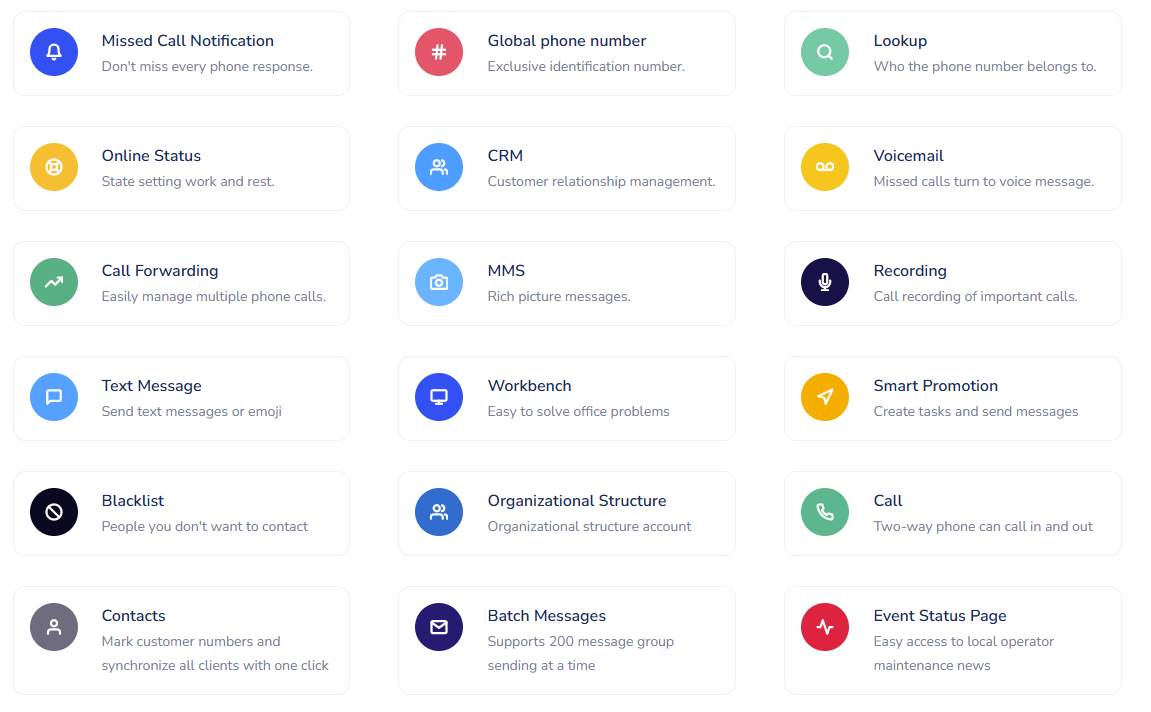Introduction: New Trends in International Education in the Era of Globalization
In today’s rapidly accelerating globalization, international education exchange is experiencing unprecedented growth. According to the latest data from UNESCO, the number of cross-border students worldwide has surpassed 6.3 million and is expected to reach 8 million by 2025. Developing countries such as China, India, and Nigeria have become major sources of international students, while English-speaking countries like the United States, the United Kingdom, Canada, and Australia remain top study destinations.
At the same time, international education is becoming increasingly diverse. Beyond traditional degree programs, new models such as short-term exchange programs, online international courses, and transnational dual-degree collaborations are flourishing. This rapid expansion of cross-border education exchange places higher demands on the international service capabilities of educational institutions, with efficient, convenient, and low-cost cross-border communication emerging as a key challenge.
Challenges in International Education Communication
Despite the promising prospects of the international education market, educational institutions face several practical obstacles when communicating with overseas students and parents:
1. High Cross-Border Communication Costs
Traditional international long-distance calls are expensive. For example, calling from China to the U.S. costs approximately 1-2 RMB per minute with major carriers. An institution enrolling 200 international students annually could spend tens of thousands of RMB on communication alone. Many institutions resort to email or social media, but these methods lack timeliness in urgent situations.
2. Communication Delays Due to Time Zone Differences
Time differences between hemispheres can exceed 12 hours. When parents want to inquire about their child’s academic progress, it may be midnight locally. Such time zone issues often delay important communications for days, significantly impacting service quality.
3. Caller ID Trust Issues
Incoming calls from unfamiliar international numbers have a rejection rate of over 60%. A U.S. study abroad agency found that using a U.S. number to contact foreign parents resulted in only a 35% answer rate, which jumped to 82% after switching to local virtual numbers.
4. Privacy and Data Security Concerns
Using staff personal mobile numbers for international communication is unprofessional and poses data leakage risks. One international school experienced a case where a teacher’s departure led to the loss of numerous parent contact details.

IntBell Virtual Numbers: An Innovative Solution to Cross-Border Communication Challenges
To address these pain points, IntBell virtual numbers provide a comprehensive cross-border communication solution with the following key advantages:
1. Local Numbers in Multiple Countries to Break Down Communication Barriers
- Supports local number applications in multiple countries/regions, including:
United States (+1)
United Kingdom (+44)
Australia (+61)
Canada (+1), etc.
Educational institutions can configure dedicated numbers based on their primary student sources, allowing parents and students to call local numbers directly without incurring international fees.

2. Smart Communication Management Features
- Two-way calling: Supports HD voice calls with local call quality.
- Two-way SMS: Enables bulk sending of admission notices, payment reminders, and other critical information.
- Call recording: Maintains complete records of important communications for future reference.

3. Cost-Benefit Analysis
Compared to traditional international communication methods, IntBell helps educational institutions achieve:
| Service |
USA |
UK |
Canada |
| Outbound Calls |
$0.025/min |
$0.045/min |
$0.025/min |
| Inbound Calls |
$0.0185/min |
$0.035/min |
$0.0185/min |
| Outbound SMS |
$0.03/msg |
$0.05/msg |
$0.03/msg |
| Inbound SMS |
$0.025/msg |
$0.02/msg |
$0.025/msg |
| Outbound MMS |
$0.05/msg |
$0.0125/msg |
$0.05/msg |
| Inbound MMS |
$0.035/msg |
$0.0125/msg |
$0.035/msg |
Success Story: Digital Transformation in International Education
Challenge: Students were spread across Malaysia, Indonesia, and Vietnam, requiring a unified customer service system.
Solution:
Configured multi-country virtual numbers.
Developed a multilingual auto-response system.
Integrated call records with the Learning Management System (LMS).
Results:
Student satisfaction increased from 3.2 to 4.7 (on a 5-point scale).
Renewal rate improved by 25%.
Customer service labor costs reduced by 30%.
Visit IntBell’s official website to explore tailored solutions for the education industry!



